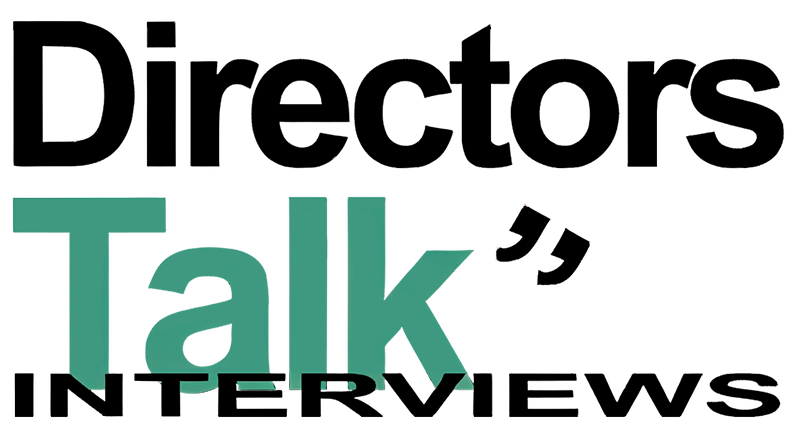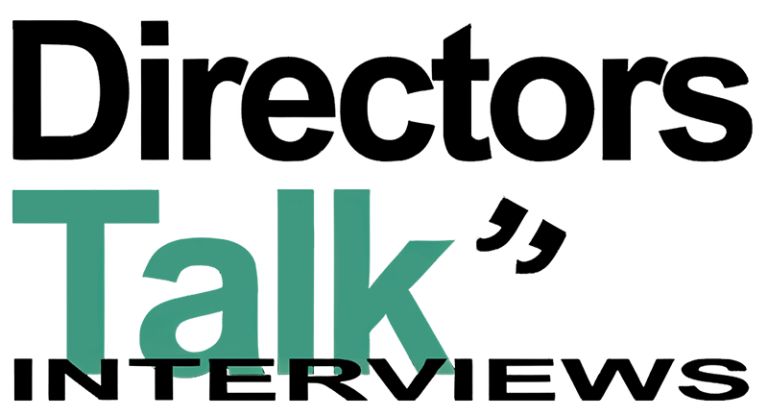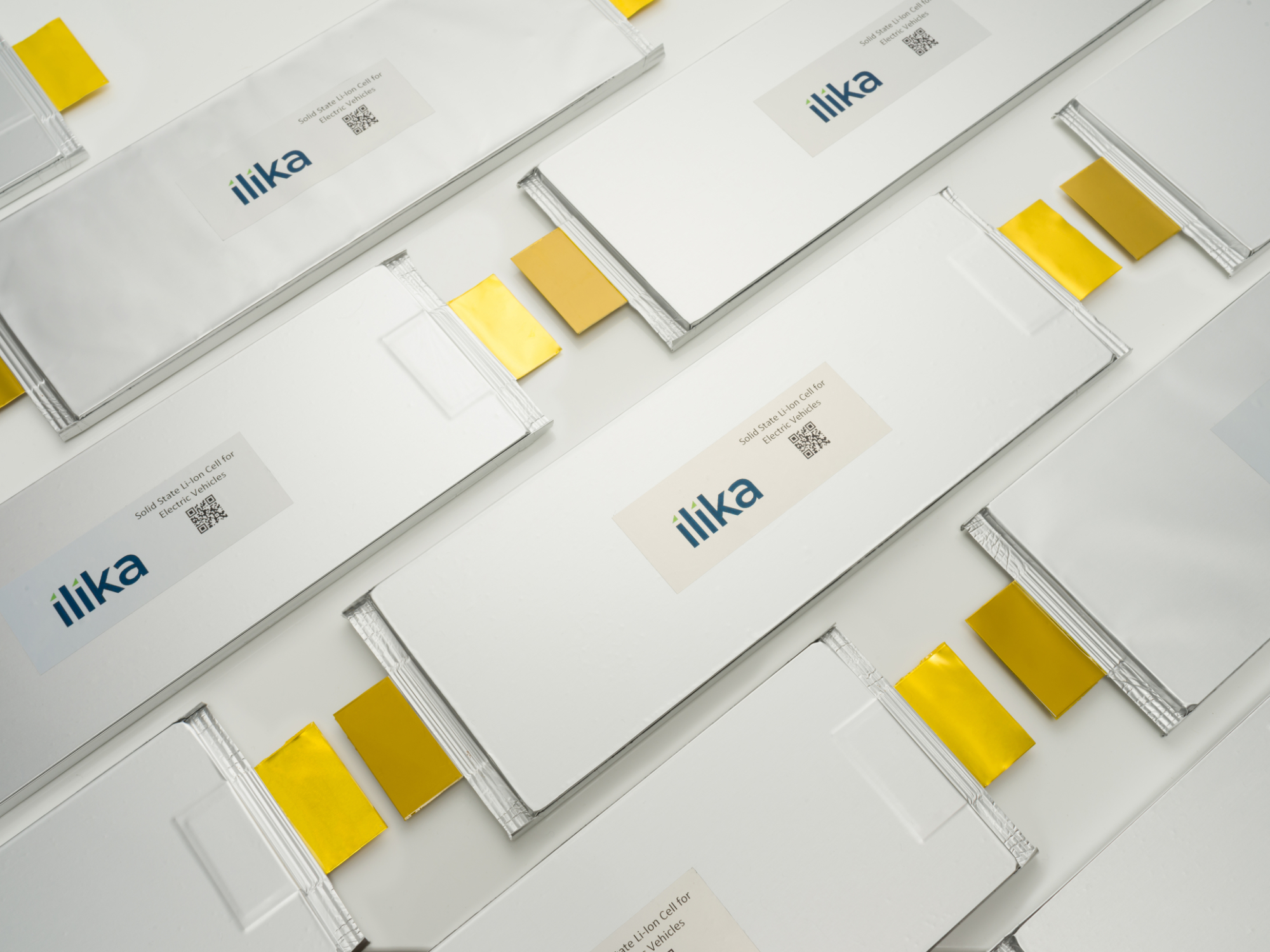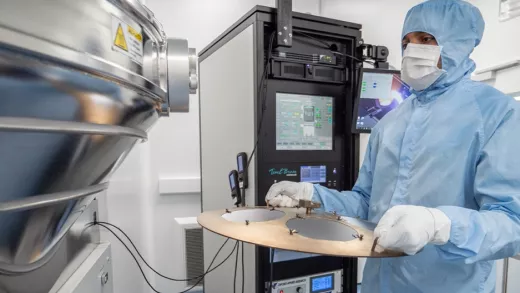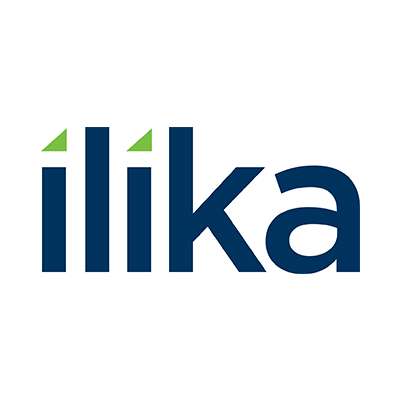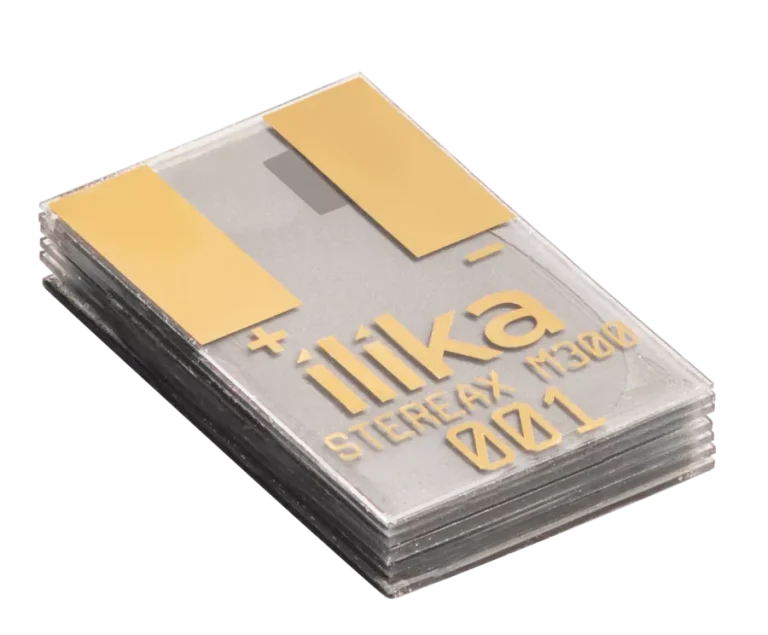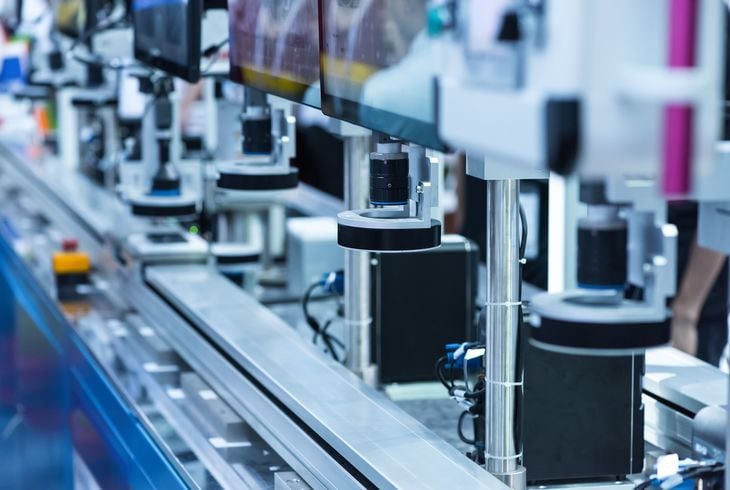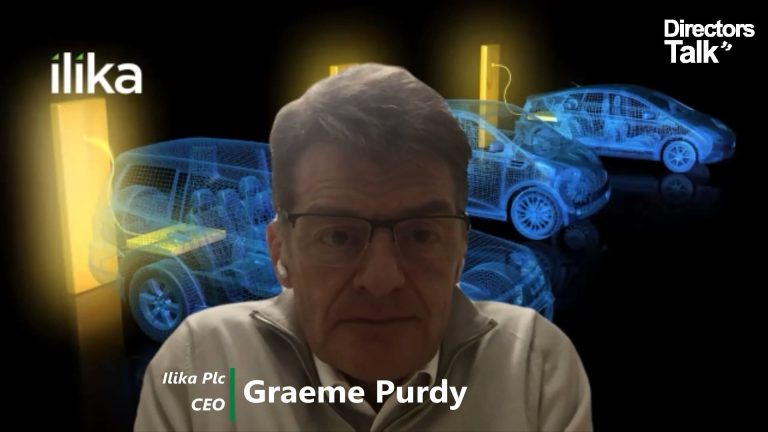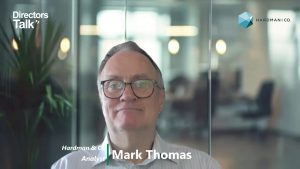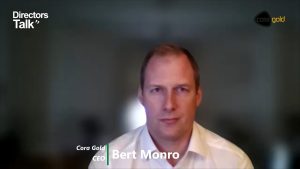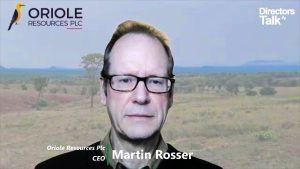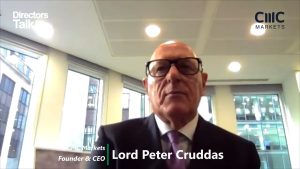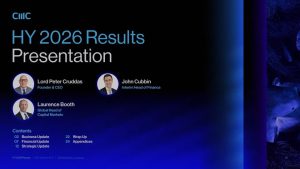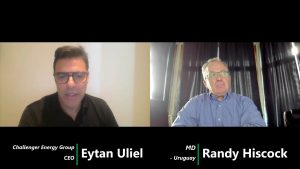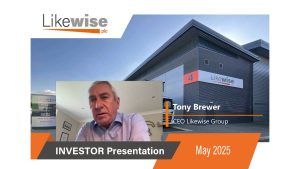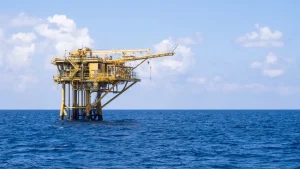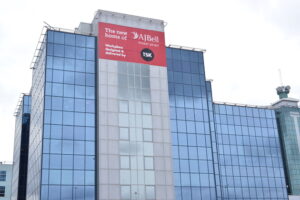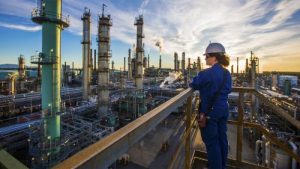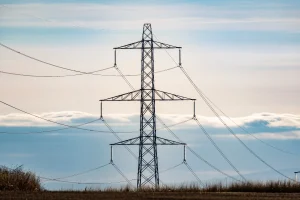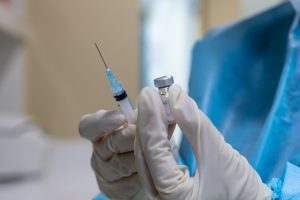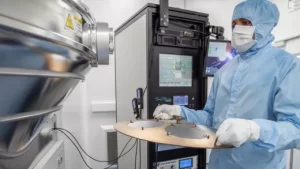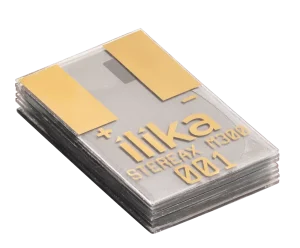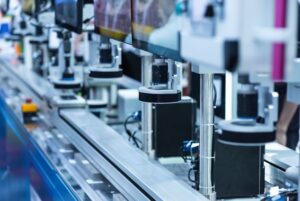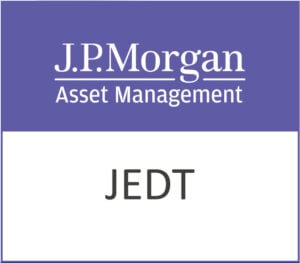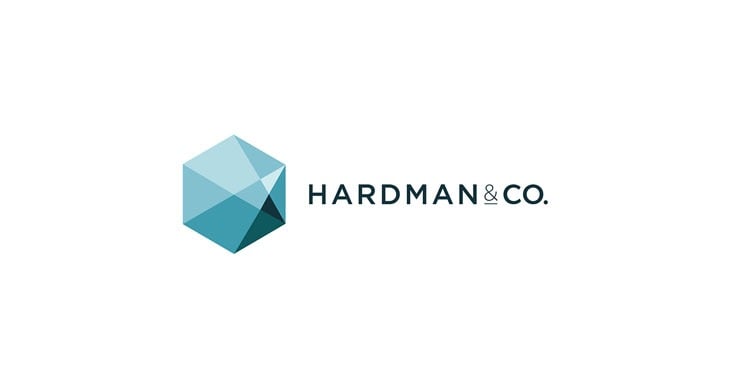Ilika plc (LON:IKA) Chief Executive Officer Graeme Purdy caught up with DirectorsTalk for an exclusive interview to discuss their new collaboration – SiSTEM, how this differs from the HISTORY programme, production capacity, scaling up manufacturing capability, and the tech transfer deal with Cirtec.
Q1: IlIka announced a new collaborative program, codename SiSTEM, and that’s supported by a £2.7 million grant from the Automotive Transformation Fund. Could you just explain for us, though, the scope of the programme?
A1: The programme has got two very clear objectives. On the one hand, by the end of the programme, we will have developed an assembly line that will support the manufacturing of 1.5 megawatt hours per year of Goliath batteries, and we’re doing that together with MPAC. The second objective is to manufacture Ilika electrodes on the manufacturing line at UKBIC, the UK Battery Industrialisation Centre.
Both of these steps really are important milestones on the journey through increasing the manufacturing readiness of our product as it’s scaled up from the work that we’ve done in the lab, demonstrating that the product has certain features and benefits and moving towards a fully industrialised solution.
Q2: How is SiSTEM different from the HISTORY programme? That was the one that was funded by the Faraday Battery Challenge, and Ilika obviously commenced earlier this year.
A2: That’s absolutely right. The HISTORY programme is a product development programme in which we are optimising the properties and function of Goliath, whereas the SiSTEM grant really is all about manufacturing processes.
So, how do you take that product and then turn it into a process that is reproducible and can be scaled at a given price point.
Q3: Will the production capacity of Ilika be at the conclusion of this project?
A3: Yes, so by the end of the SiSTEM programme, we will have an installed capacity of about one and a half megawatt hours a year, which will be enough to allow us to manufacture round numbers, about 5000 pouch cells a year.
This is really the volume that we need in order to deliver samples, not only to our test programmes for further verification and validation, but also to our partners so the OEMs and tier ones that have shown interest in the product and are waiting for samples.
Q4: How is the company planning to scale up its manufacturing capability further?
A4: Well, it’s important to emphasise that Ilika has an asset light model, so what that means is that we will be working with scale up partners to actually increase the volume of manufacture to the industrial scale. Of course, we followed that model very successfully with the Stereax part of the business.
You’ll remember that earlier this year, we signed a tech transfer deal and a licensing deal with a company called Cirtec to transfer the Stereax technology across to the US to their large-scale manufacturing facility in Lowell, Massachusetts.
We have a similar business model for Goliath, we will manufacture prototype samples, demonstrate that the Goliath power cells have got the properties that are desirable by the automotive industry, and then we will transfer the technology through to a manufacturing partner, probably a tier one partner, who will then manufacture the product at scale for the OEMs.
Q5: You mentioned the tech transfer deal with Cirtec, how is that progressing now?
A5: That is firmly on track. Actually, Ilika have now transferred the majority of the equipment that is required by Cirtec to be able to manufacture the Stereax product to their facility. That equipment is starting to arrive in the US and is being installed at the moment. I think we’ve got one piece of equipment which is currently being disassembled and created, and then that will complete what we’re going to send over in order to get them started.
We’ll then be putting that equipment through a commissioning and qualification programme that’ll take us into next year as we start to run our first product lots and demonstrate that we can manufacture the quality of product that’s expected by our customers in the course of next year.
